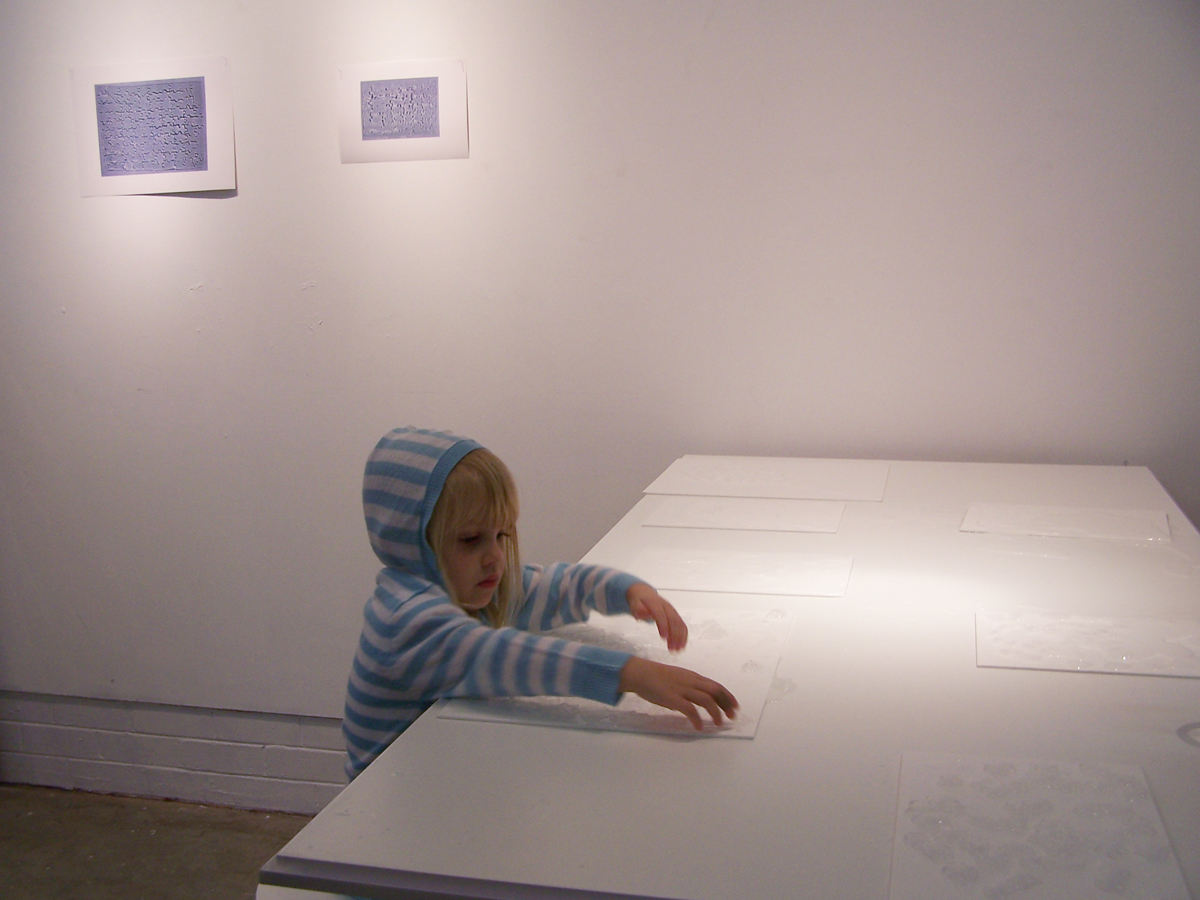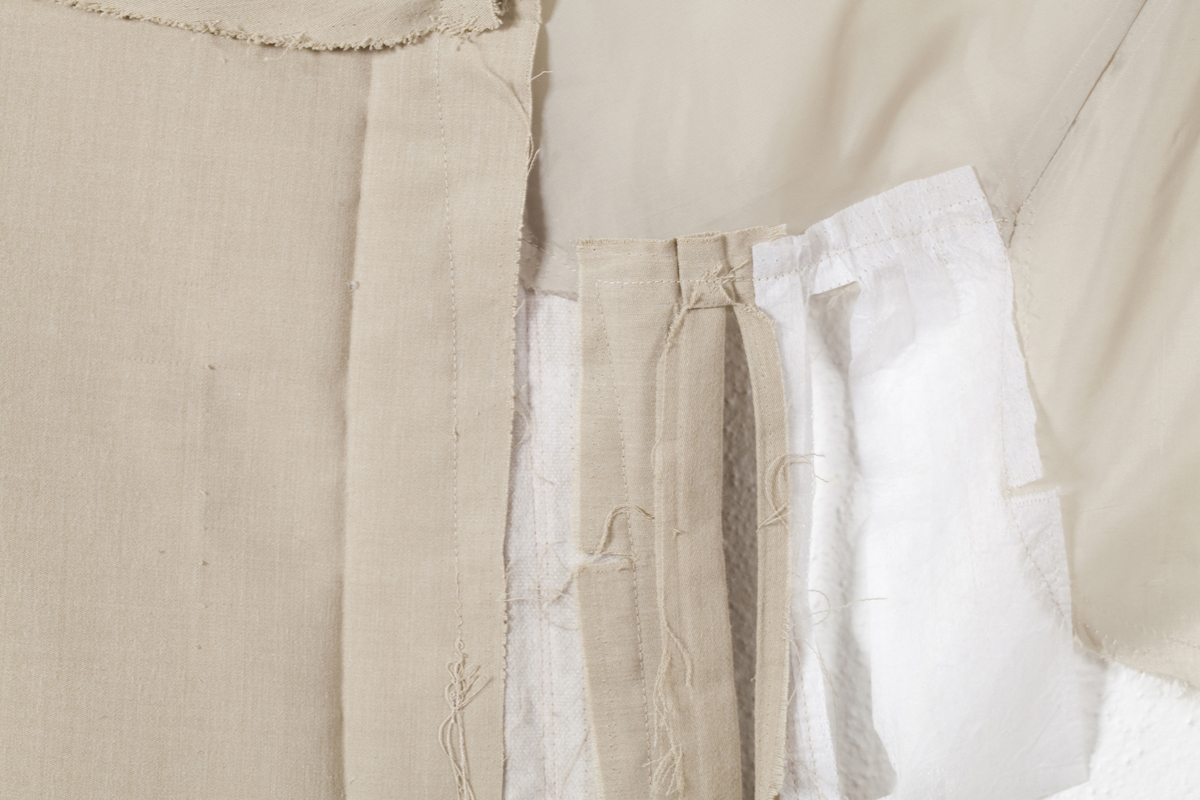Breath, sweat and blood pressure are markers by which the polygraph device delineates truthful responses from lies. But this is only part of the picture. To counteract any nervously predisposed subject from automatically being deemed guilty, the person performing the polygraph testing punctuates their questioning with a series of control questions. Questions that are easily verifiable as true and unlikely to cause alarm in their subject such as “What day is it today?” or ‘what colour is your hair?” The effectiveness of a polygraph test depends on the experience of the tester who interprets the data. This seems to make the polygraph device obsolete and the tester indispensable. But who would nowadays want to bear the weight of responsibility for decision making? It would be much safer to defer it to a machine. After all, machines are supposed to be impartial and rational.
Only, there is always a ghost in the machine. Business as usual imagines a subject turning in on themself. The paper punch hole, a standard device of any office repertoire, a device, which collects loose sheets into a single file, seems to have gone awry in the hands of an overly zealous subject. In this project, holes mark the end of the line as much as its beginning.
As keen as we may be to invent aids to compensate for our unreliable senses or use devices to restore order, we are just as quick to find holes in any system.









